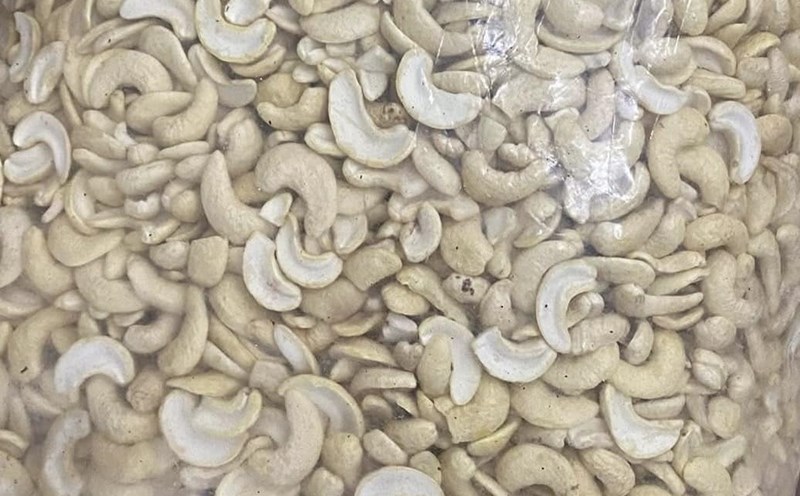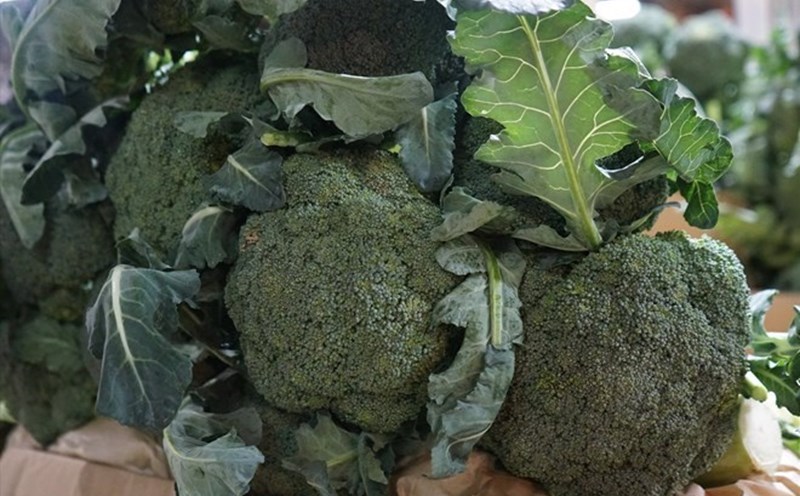Osteoporosis occurs when bones lose mineral density, reducing strength and increasing the risk of fractures. This process is often silent, asymptomic until complications occur.
According to the International Osteoporosis Federation (IOF), calcium and vitamin D are two core factors in disease prevention, but should be provided through a regular and easy-to- gild diet, rather than just relying on supplements.
100g of fresh salmon contains up to 500-1000 IU of vitamin D, exceeding the daily requirement of adults by 50%. Salmon is also rich in omega-3, a fatty acid that helps reduce inflammation, supporting the growth of bone-forming cells (osteoblast).
Supplementing fatty fish (such as salmon) at least twice a week helps improve bone density and spine in postmenopausal women, the group at highest risk of osteoporosis.
Every 100g of spinach provides about 99mg of calcium, along with vitamin K1, a substance that supports calcium in bone structure.
Vitamin K1 plays an important role in activating osteocalcin, a protein needed for strong bones.
Spinach also contains manganese, potassium and magnesium, minerals that support bone formation and reduce the risk of bone loss over time.
How to prepare dishes: Salmon cooked with spinach
Ingredients (2 meals):
200g fresh salmon (cut into pieces)
150g washed spinach, drained
1 tablespoon olive oil
Purple onions, minced garlic, some fresh ginger
accommodation (restrict salt)
How to do:
Do not add garlic, onions and ginger to olive oil.
Add the salmon to the panicles on both sides to keep the nutrients.
Add the chicken broth or filtered water, season, then add the spinach and sticky rice and cook quickly for 2-3 minutes.
Cuoi out hot with brown rice or whole-wheat noodles.
Note, avoid cooking for too long, causing vegetables to lose nutrients; do not use too much salt or fish sauce because high sodium will increase calcium excretion through the kidneys.
People with a diet rich in green vegetables and fatty fish have a 25-30% lower risk of bone fracture than those who eat less nutrients. In particular, the effectiveness is more obvious in the elderly and postmenopausal women, who have rapidly decreased bone density.
A diet to prevent osteoporosis should combine food calcium (from vegetables, nuts, fish) with natural vitamin D instead of taking high doses from supplements.









